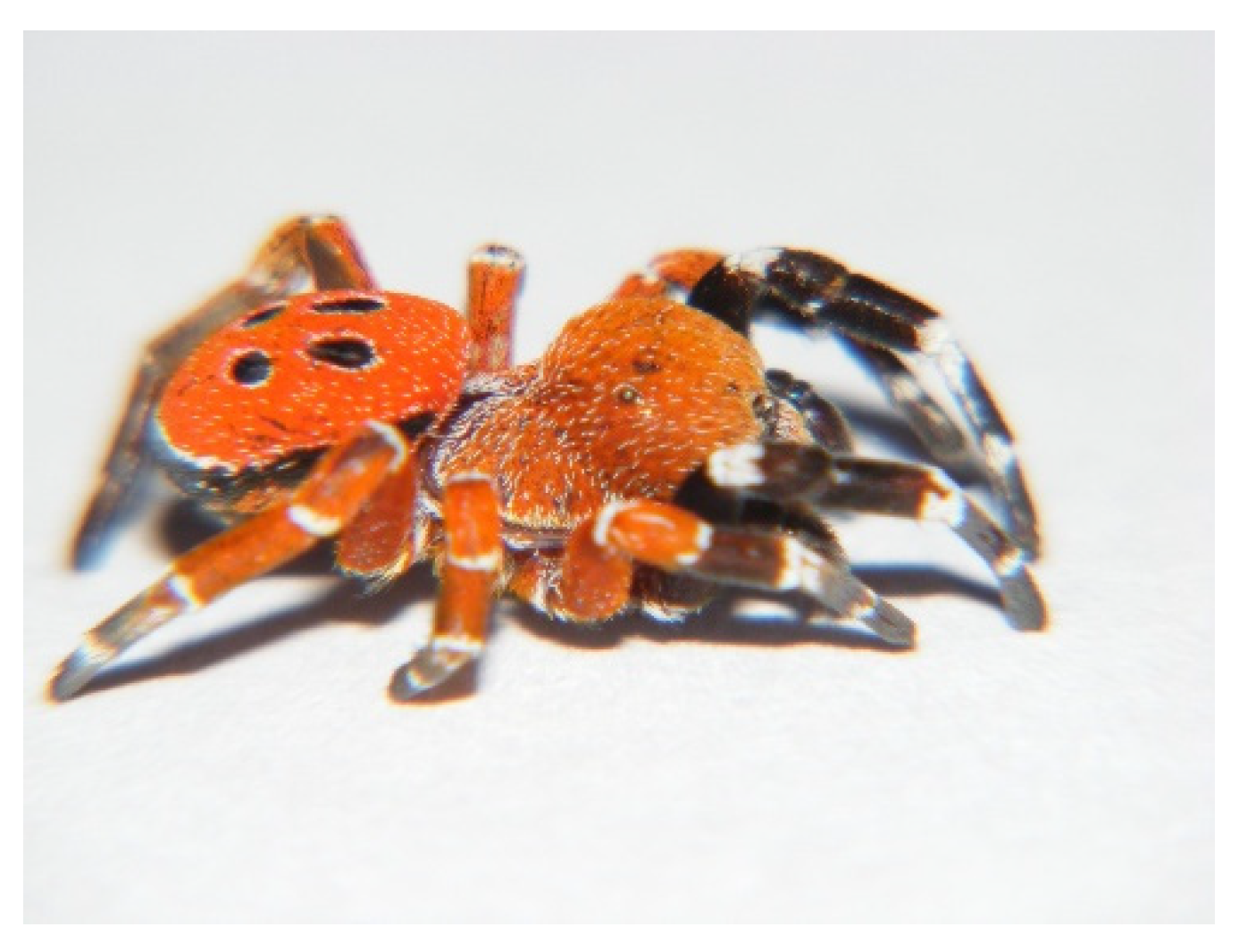China will ban the production of mercury-containing thermometers and blood pressure monitors from Jan 1, aiming to curb mercury…
Blog
-

Ban on mercury thermometers to take effect soon
China will ban mercury thermometers from Jan 1. HUANG TAIMING/FOR CHINA DAILY
-

Scientists find a way to develop crops that can withstand eco-stress
An international team of researchers has uncovered a genetic secret within barley seeds that could help protect the global food supply from the unpredictable effects of climate change. The study, published on Nov 6 in…
Continue Reading
-

Week 17 Injury Report: Seahawks at Panthers
Wednesday’s Injury Report
Having kicked off their week of practice a day early, the Seahawks held what would usually be their Thursday work on Wednesday, a schedule shift that will allow the team to take Christmas day off before…
Continue Reading
-

Epilepsy drug topiramate shows mixed results for treating combined alcohol and tobacco use
An 18-week experimental study examining the effects of topiramate on tobacco smoking and alcohol use found no differences between groups treated with topiramate and those receiving placebo treatment in the last 4 weeks of treatment. However, the…
Continue Reading
-

Ban on mercury thermometers to take effect soon
China will ban mercury thermometers from Jan 1. HUANG TAIMING/FOR CHINA DAILY
China will ban the production of mercury-containing thermometers and blood pressure monitors from Jan 1, aiming to curb…
Continue Reading
-
JAK-1 inhibitors in the management of atopic dermatitis in patients over 65 years old: a descriptive cohort study
Chan, L. N. et al. The epidemiology of atopic dermatitis in older adults: A population-based study in the united Kingdom. PloS One. 16, e0258219 (2021).
Silverberg, J. I. Atopic dermatitis in…
Continue Reading
-

Ukraine war briefing: Zelenskyy open to creating demilitarised zone in country’s east | Russia
Ukrainian president Volodymyr Zelenskyy has said he would be willing to withdraw troops from the country’s eastern industrial heartland as part of a plan to end Russia’s war, if Moscow also pulls back and the area becomes a demilitarised…
Continue Reading
-

Strong policies, digitalization boost immunization program
Lance Rodewald
China”s national immunization system has grown more robust and intelligent in recent years, positioning the country to further expand vaccination coverage and strengthen international…
Continue Reading
-

February: 3 little piggies on the lam in Lake Country
February: 3 little piggies on the lam in Lake Country
Published 5:00 pm Wednesday, December 24, 2025
These little…
Continue Reading
-

Scientists Discover Red-Headed Ladybird Spider in Morocco
A team of arachnologists has identified a new species of ladybird spider in northern Morocco. The species, named Eresus rubrocephalus, was found northeast of Sidi Allal El Bahraoui during field collection in a cork oak forest.
The…
Continue Reading